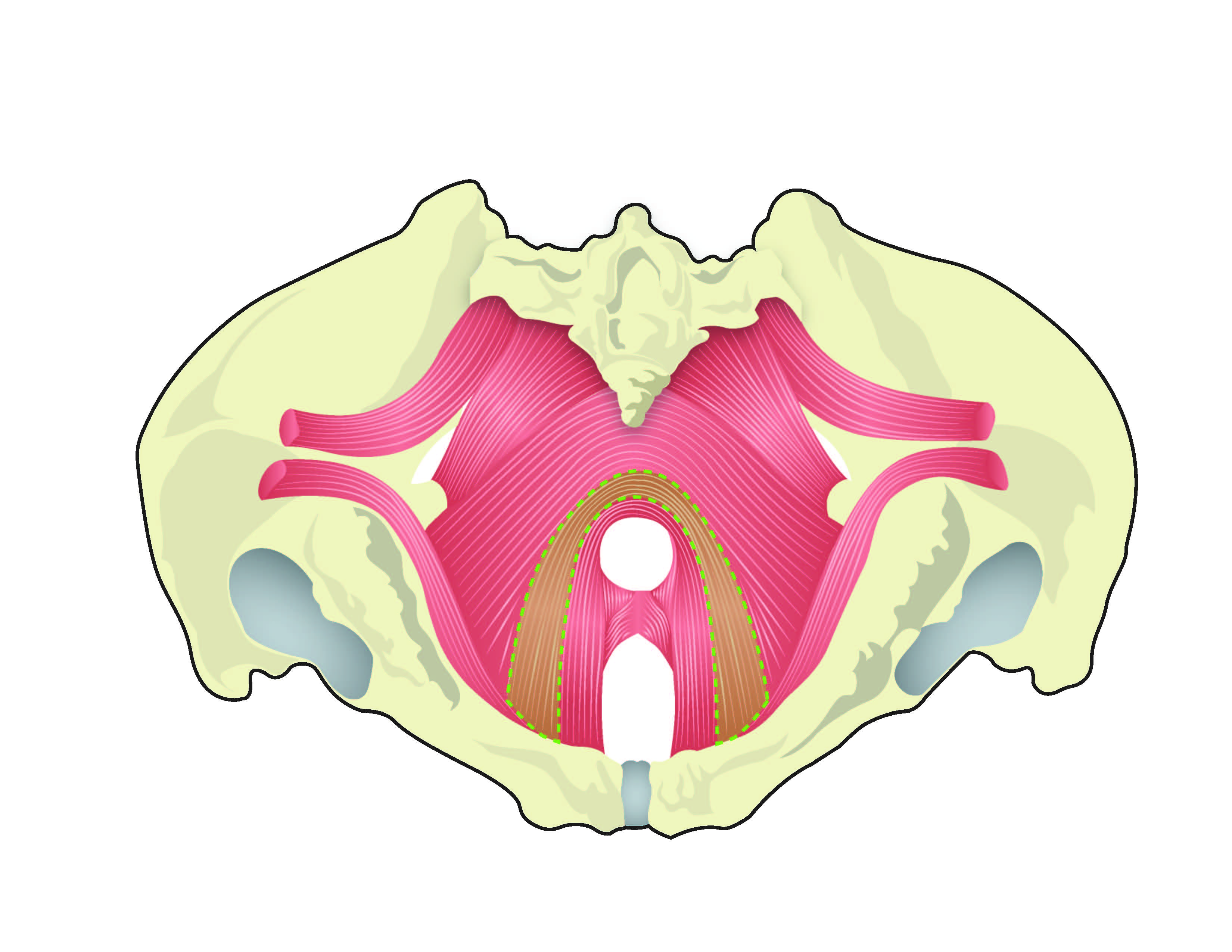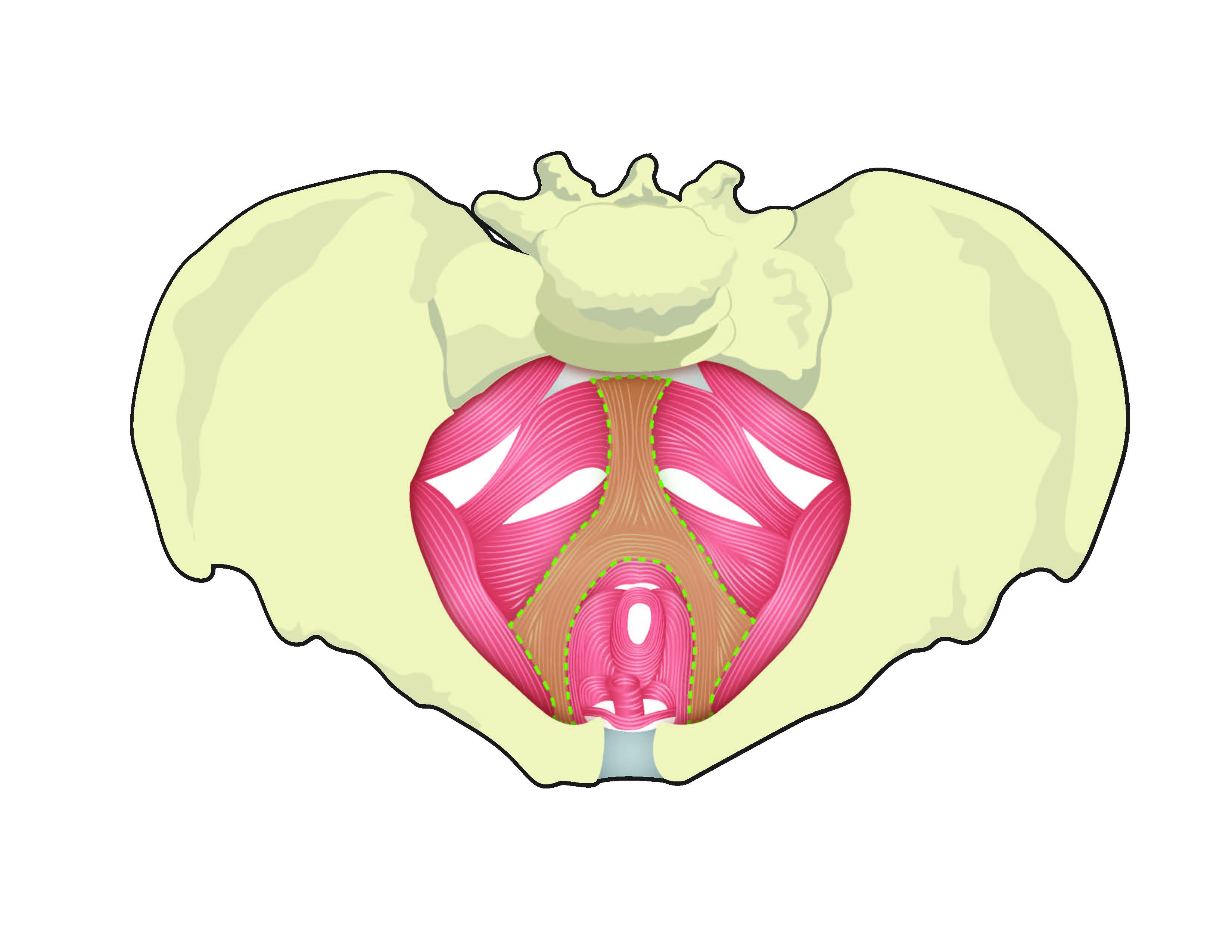What can’t I do?
Most muscle strain injuries heal best when immobilized. Unfortunately that is almost impossible when living with Diastasis.
Because your mid-section is required movement for almost every activity, immobilizing it completely would be like asking you not to pick up your child or get out of bed.
Re-injuring your Diastasis is easier than you might think. A simple cold or flu can set you back weeks just from sneezing or blowing your nose.
Getting through daily activities without causing more damage to the injured area requires a mental re-training of basic movements.
Here’s a list of some activities that may put you at risk:
- Picking up heavy objects e.g. Babies, toddlers, groceries
- Getting in and out of bed
- Sitting back in a chair or couch
- Standing at the kitchen sink
- Washing your hair in the shower
- Walking/Running/Stretching
- Laughing/Coughing/Sneezing/ Nose blowing
- Passing gas/ bowel movements
- Turning to the back seat from the front seat of the car
- Reaching to a high shelf
- Pushing a baby or toddler in the swing (especially right after delivery)
- Pushing a heavy stroller uphill or lifting it over a street curb
Abdominal Connections teaches you how to safely modify these activities and other common movements as well as strengthen the compensating muscle groups so you can feel confident getting through your day without worsening your condition and protect any progress you’ve already made.
Kegels and more
Post pregnancy you may experience a noticeable of the pelvic floor muscles.
Pelvic Floor Muscles
These are the muscles that help provide support for the uterus, bladder, and bowels. They also help stop the flow of urine and bowel movements.


The use of Kegel exercises can be extremely helpful in strengthening weak Pelvic Floor muscles.
The strengthening of the pelvic floor muscles is essential for a full abdominal recovery. Because the Diastasis is so easily re-injured during many daily activities, a strong Pelvic Floor is crucial for supporting any healing that has taken place and
protects against any possible further damage.
Here are some examples of physical activities that require pelvic floor support to limit the use of abdominal work:
- Sneezing
- Coughing
- Laughing
- bowel movements
- passing gas
- urinating
- Sexual Intercourse
- Kegels Exercises
Originally Dr. Kegel recommended doing 300 contractions a day for 4-6 months to see any results, but there have been many advances both in the identifying and strengthening of these muscles using elevator and endurance techniques. The Abdominal Connections Program includes two techniques to incorporate into your workout routine and throughout the day. With continual use these exercises will help you to physically identify the muscles, strengthen them, and recruit them with ease.
How to test for Diastasis
To test for Diastasis Recti:
Lie down on your back, bend your knees and place your feet flat on the floor hip width apart.
- Place one hand behind your head and the other hand on your tummy.
- Relax your abdominals and raise your head and tips of your shoulders off the floor. Observe the shape of the stomach.
There may be a soft mound or bulge protruding. - Using two fingers start at your naval and measure how many fingers between the two sides of the muscle (the gap is always largest at the naval). Lay down and rest between measurements so you don’t strain your neck.
- Again lift the head and tips of the shoulders off the floor and using two fingers measure the distance going upward toward your sternum (the gap may stay the same or get smaller).
- Rest your head again and on the next lift measure from the naval down toward the pubic bone.
How to get up & lie down
Start re-training your body
Getting out of bed can be one of the most dangerous activities of your day (or night), especially when waking up for multiple night time baby feedings. Even lifting your head to see the time on your alarm clock can set back your rehabilitation and increase the separation of your Diastasis. Abdominal Connections teaches which positions are best to sleep in, and how to sleep/feed with your baby in bed without causing more damage to your Diastasis.
To get out of bed properly:
1) Roll over to your side
2) Bend your knees.
3) Place your hands down, using the strength of your arms push your body to an upright seated position.
4) Bring your legs off the edge of the bed and stand using assistance from your arms as necessary.
Laying down requires the same attention to detail. Depending on your level of recovery post-partum this may be slightly more laborious. Modify as necessary.
To lay down properly:
1) Sit on the edge of the bed, rotate your body slightly toward the foot of the bed then shift your weight to one hip (closest to the foot of the bed).
2) (Using your arms if necessary) Lift one then two legs onto the bed, this should place you on your side.
3) Using the strength of your arms lower your body onto its side and then roll to you back or stay on your side.
Nutrition
Healing from the inside out
Nutrition plays a huge role in the healing of muscles and connective tissue. Awareness of one’s diet and water intake is imperative during the healing process and to keep a generally healthy inclination moving forward.
Included in the Abdominal Connections manual is a full list of vegetables, fruits and grains that are loaded with vitamins, nutrients, and omega 3 fatty acids that are beneficial to healing on the inside. It also includes recipes and helpful tips on including these foods in your daily diet.
Abdominal Connections Digestive Supplement
One of the most common side effects for women with Diastasis Recti is a constant sense of bloating and stomach discomfort. This is not only uncomfortable but in many ways encumbering to Diastasis recovery.
Because the bloating, Gas, or constipation cause the belly to swell, it often stretches the Diastasis further apart.
Our Digestive Supplement is Natural, herbal and completely food based.
It helps relieve the symptoms associated with this condition including:
- Helps ease indigestion and reduces gas, bloating, and flatulence
- Helps release trapped digestive gas
- Produces calming effects on the intestine
- Helps dispel gas and bloating in the digestive system


